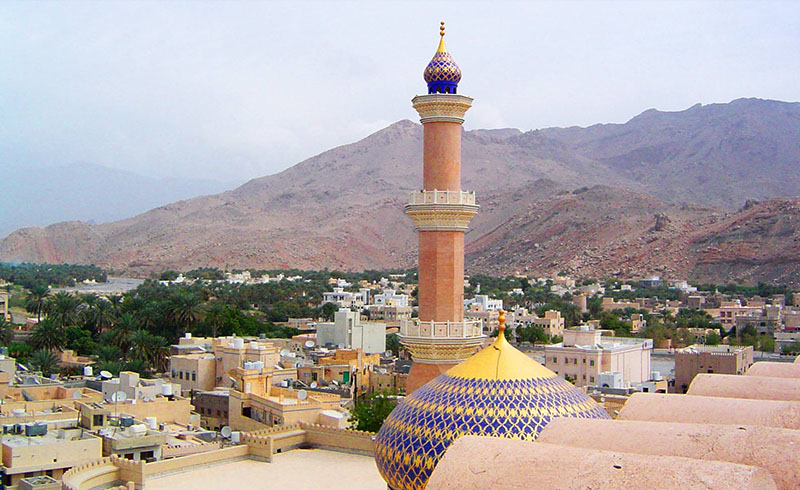MUSCAT
Muscat is the modern capital of Oman and offers visitors a stunning combination of old and new. From the architectural masterpiece that is the Sultan Qaboos Grand Mosque, to its rugged mountain backdrop and breath-taking beaches, this city never fails to entertain and inspire.
MODERN CAPITAL OF OMAN
There is an abundance of choice for visitors, from world-class shows at the Royal Opera House Muscat, to fine dining at one of the many restaurants scattered across the capital or shopping for traditional souvenirs at Muttrah Souq, one of the oldest in Arabia.
Museums, such as the Children’s Museum, Natural History Museum, National Museum or Bait Al Zubair welcome those who wish to delve deeper into the Sultanate’s rich natural and cultural history. For art lovers, there are a number of galleries showcasing modern Omani art.
As for activities, the capital region has almost endless possibilities. Whether it is snorkelling at the Daymaniyat Islands, trekking from Old Muscat to Muttrah, a guided city tour or a day trip to a nearby wadi, Muscat welcomes all to experience its unique charm.
HERE THE PLACES TO VISIT IN MUSCAT
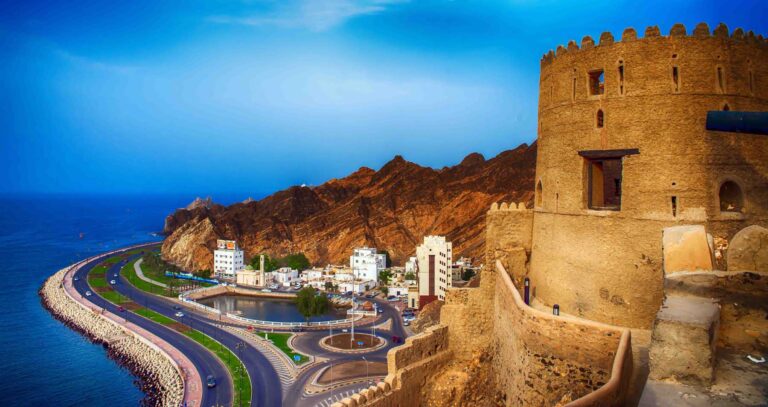
Mutrah Corniche

Grand Mosque Muscat
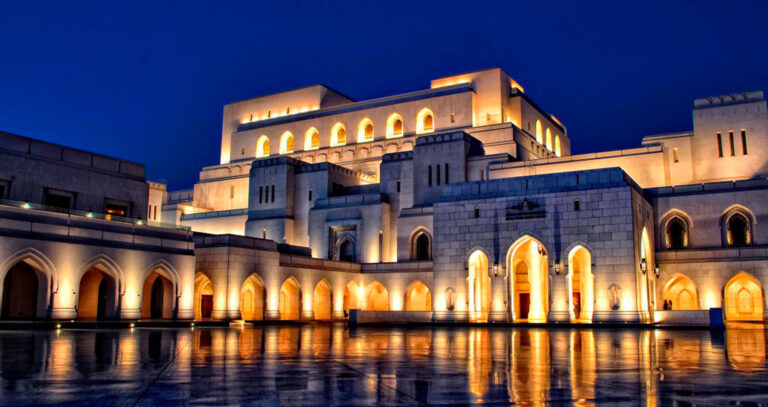
Royal Opera House, Muscat
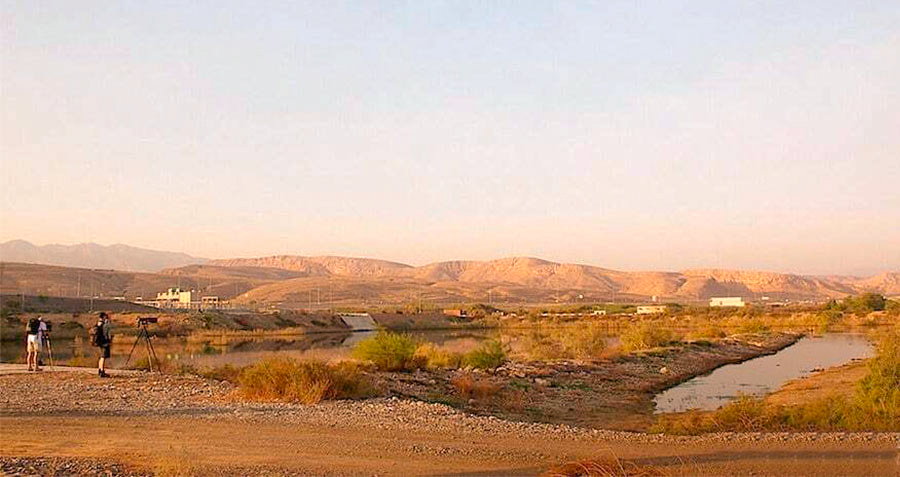
Al Ansab Wetlands
Muscat: Colours and fragrance fill the air at Al Ansab Wetland where winter sees the best of plants and trees bloom. The wetland has 113 species of Omani trees and shrubs.
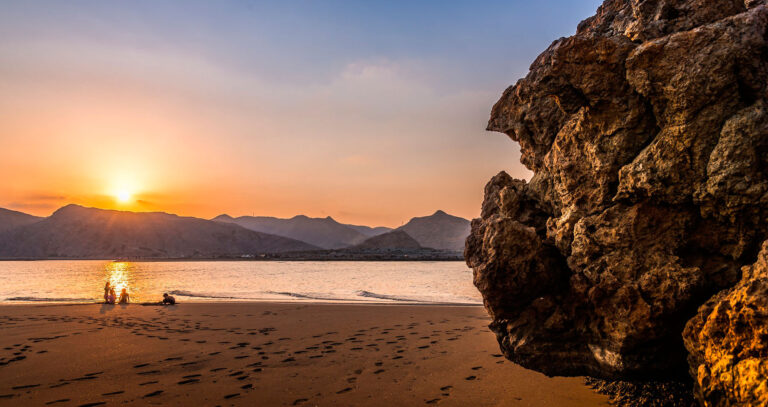
Yiti Beach

Bait Al Zubair
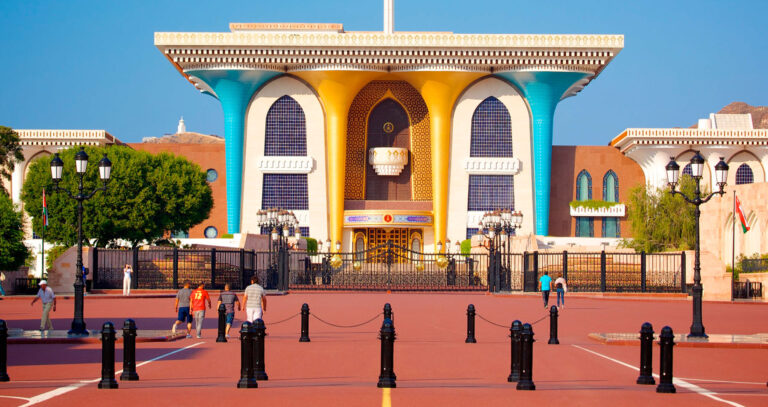
Al Alam Palace

Al Mirani Fort

Bimmah Sinkhole
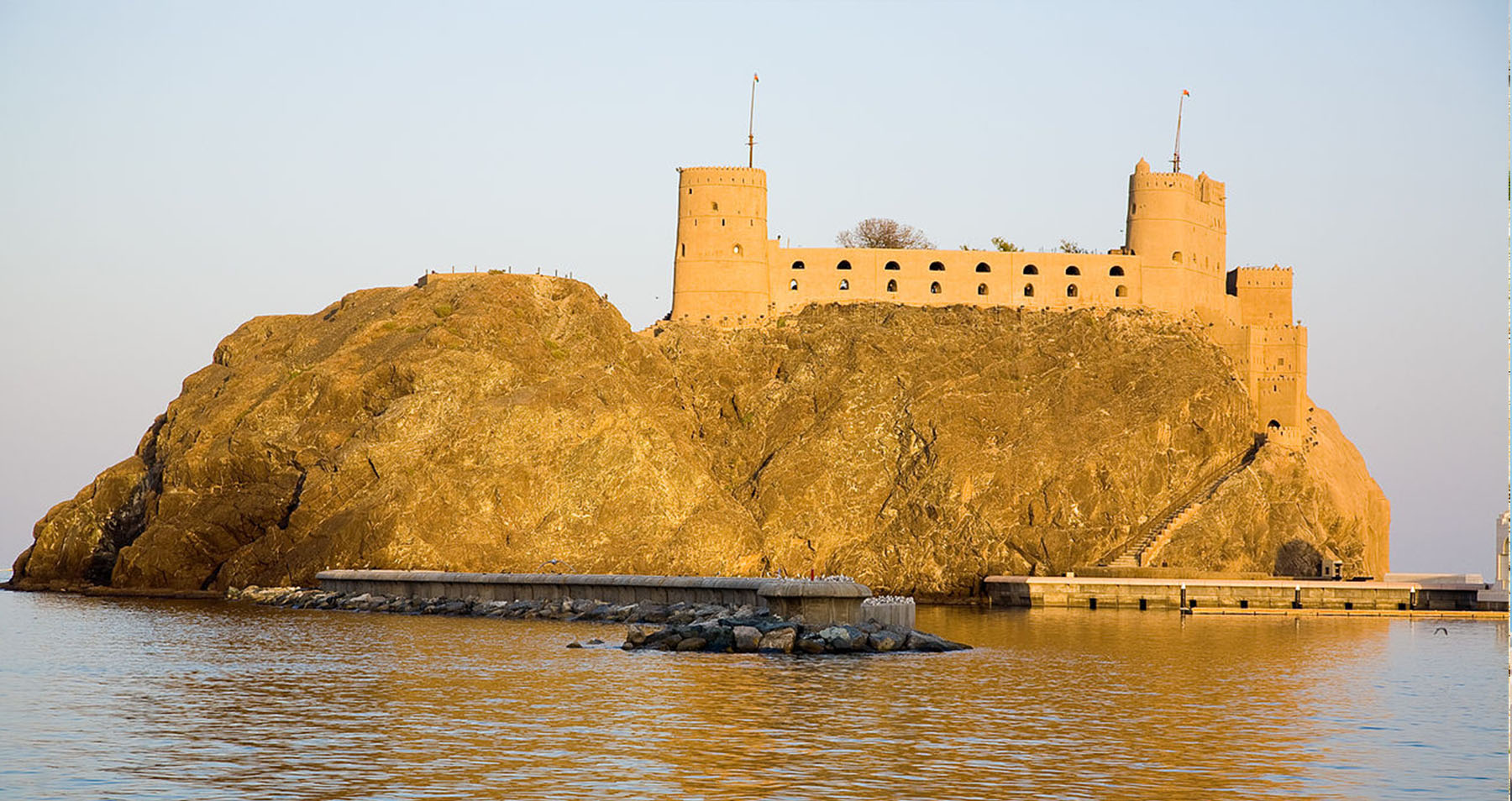
Al Jalali Fort
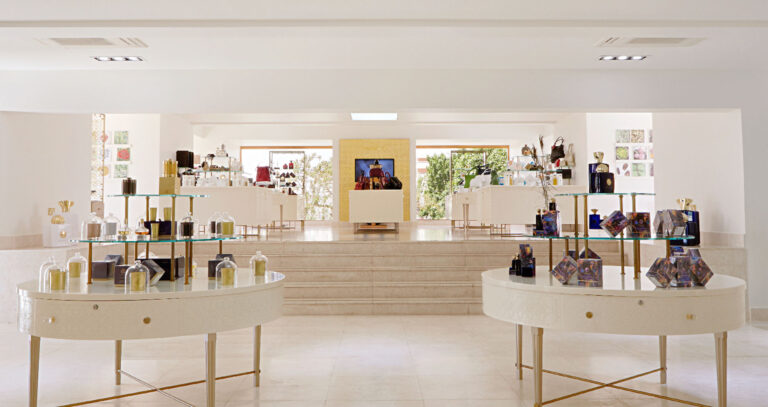
Amouage Perfumery, Muscat
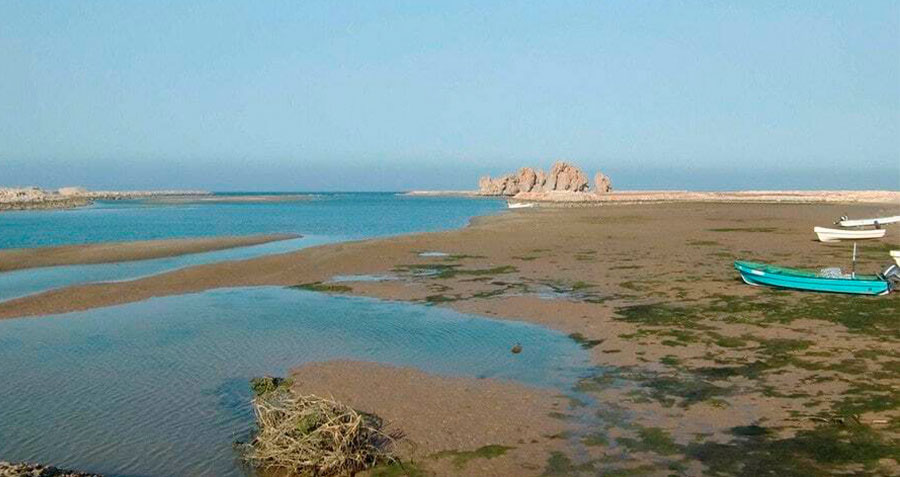
Wadi Mayh
This picturesque landscape is dotted with small streams and pools of fresh water, which are an intense turquoise blue in colour. Two villages are conveniently situated on the edge of the wadi in the middle of the valley.

Qurum Beach
Comparable to virgin beaches due to its natural and scenic wonders, the Qurum Beach is perfect for all visitors! The Muscat coastline offers splendid views of the open sea and a range of activities, allowing visitors to lounge and luxuriate after a hard day’s work.
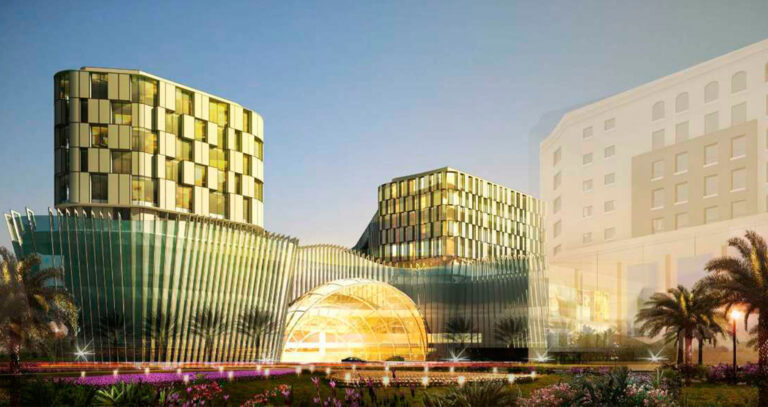
Muscat Grand Mall
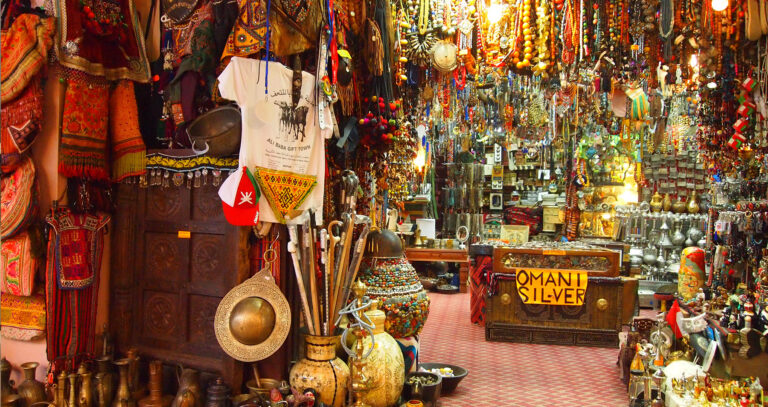
Mutrah Souk
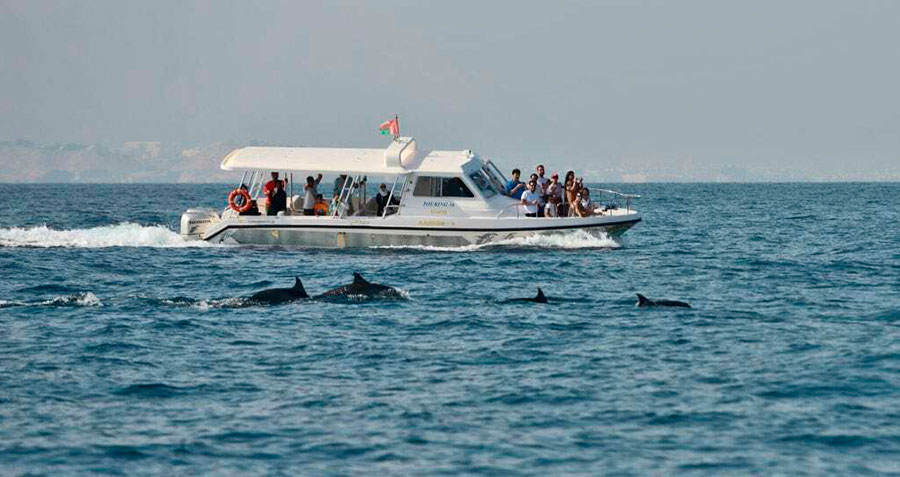
Dolphin watching
The most commonly encountered species off Muscat are spinner dolphins, which delight the viewer with their spinning leaps. The Spinners are often joined by long-nosed common dolphins, in mixed groups. Also encountered off Muscat, but on a less regular basis are Bryde’s Whales, Humpback Whales, Risso’s Dolphins, Bottlenose Dolphins, False Killer Whale and the occasional Killer Whale group amongst others.
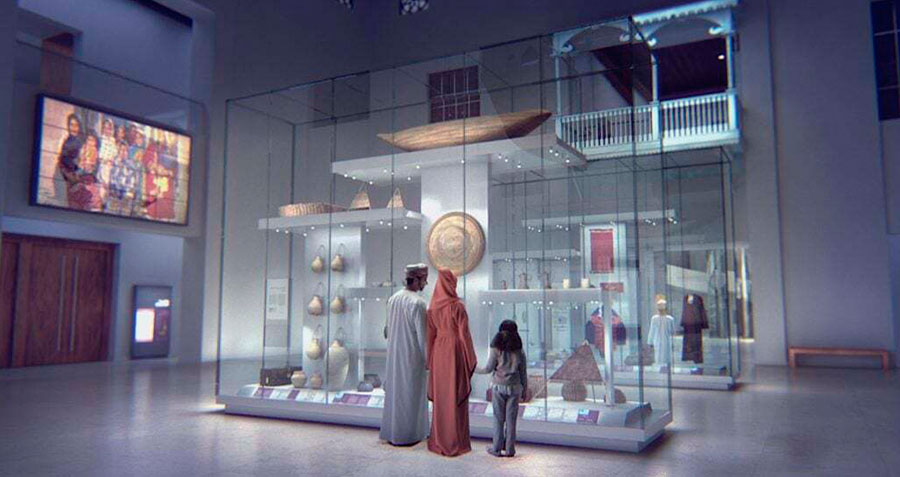
National museum
OTHER OMAN REGIONS

MUSANDAM
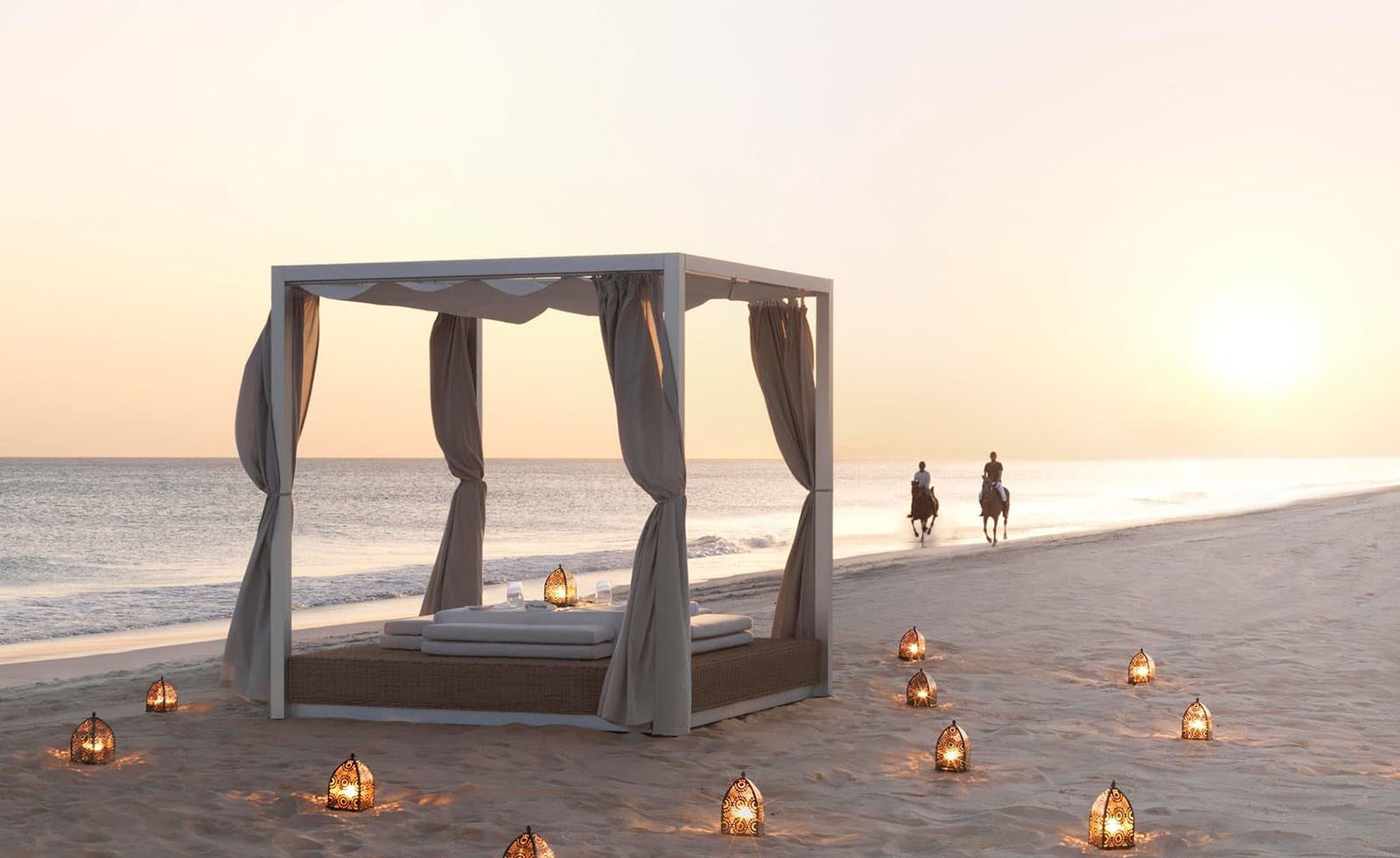
DHOFAR
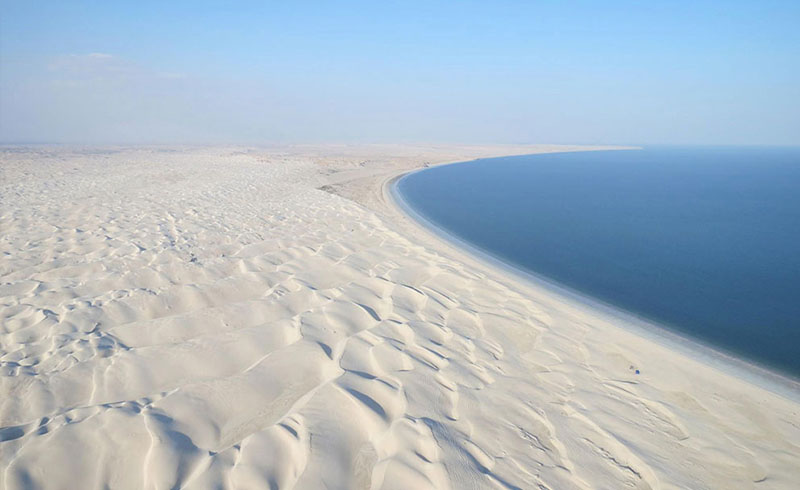
AL WUSTA

AL BURAIMI
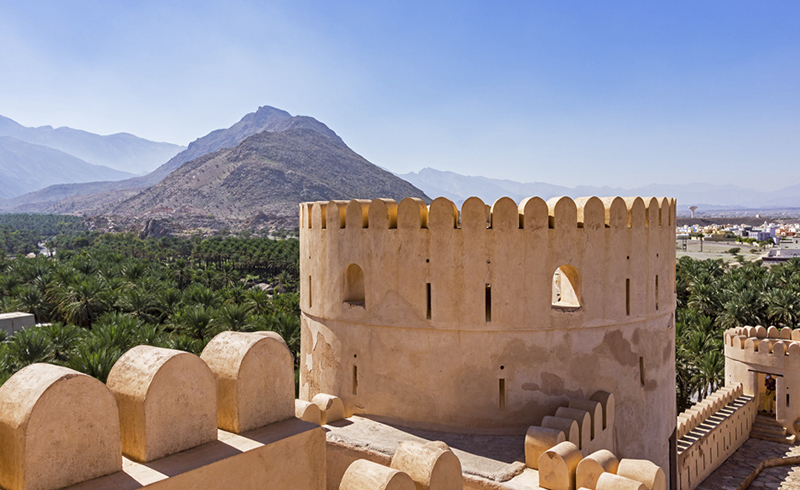
AL BATINAH
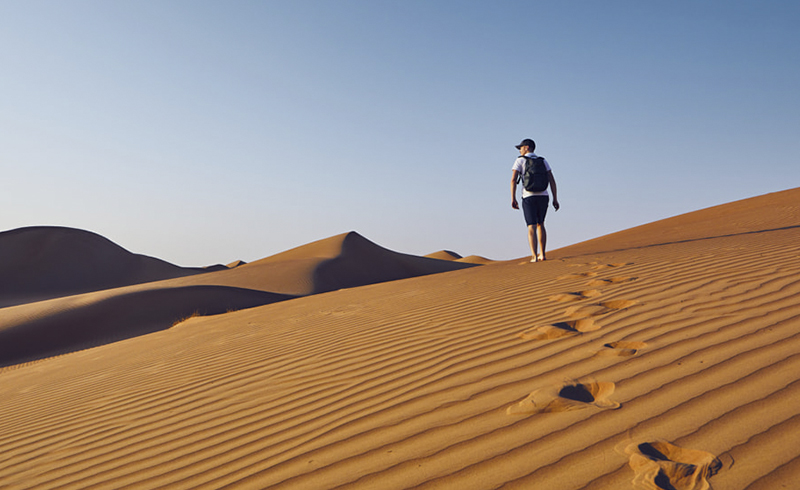
A’SHARQIYAH

A’DHAHIRAH
